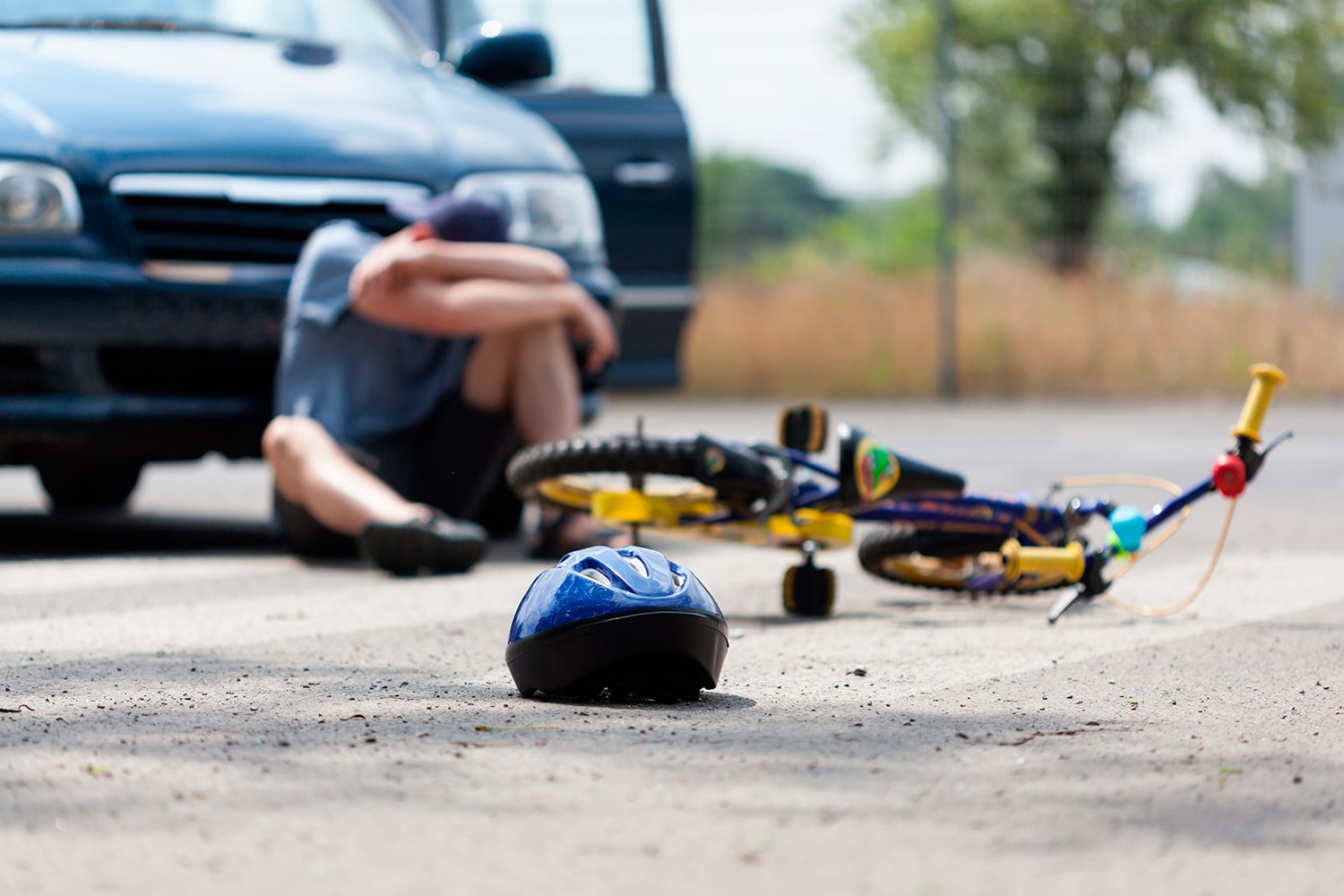
Shared-use paths are increasingly popular for cyclists, pedestrians, joggers, and even skaters, providing a versatile space for various activities. These paths, designed to accommodate multiple types of users, can offer a safer alternative to cycling on busy streets. However, they also come with unique challenges and risks that can lead to accidents as a bicycle accident lawyer knows all too well. Understanding these risks and how to mitigate them is crucial for ensuring safety on shared-use paths.
The Appeal Of Shared-Use Paths
Shared-use paths are attractive for several reasons. They provide a dedicated space away from motorized traffic, reducing the risk of collisions with vehicles. These paths often run through scenic areas, parks, and greenways, making them a pleasant environment for exercise and commuting. Additionally, shared-use paths promote healthy lifestyles by encouraging walking, cycling, and other forms of active transportation.
Common Causes Of Accidents
Despite their benefits, shared-use paths are not without hazards. Several factors contribute to accidents on these paths:
- Crowded Conditions: During peak times, shared-use paths can become crowded, increasing the likelihood of collisions. Cyclists, pedestrians, and other users may struggle to navigate the space safely when it’s busy. Pets may be present too which have the extra problems of leashes that can get tangled.
- Speed Disparities: The difference in speed between cyclists and pedestrians can lead to accidents. Cyclists traveling at high speeds may find it challenging to react quickly to slower-moving pedestrians or sudden obstacles.
- Lack of Clear Signage: Inadequate signage can cause confusion about the intended use of the path, leading to conflicts between users. Clear markers indicating separate lanes for cyclists and pedestrians can help mitigate this issue.
- Poor Visibility: Bends, hills, and dense vegetation can obstruct visibility on shared-use paths. Cyclists and pedestrians may not see each other until it’s too late to avoid a collision.
- Inadequate Maintenance: Uneven surfaces, potholes, and debris can pose significant risks to all users. Regular maintenance is essential to keep shared-use paths safe and navigable.
Mitigating Risks And Enhancing Safety
Enhancing safety on shared-use paths requires a multifaceted approach. Here are some strategies that can help:
- Education and Awareness: Promoting awareness among all users about proper path etiquette is crucial. Campaigns to educate cyclists and pedestrians on sharing the space respectfully can reduce the risk of accidents.
- Clear Signage and Markings: Installing clear signs and pavement markings to designate lanes for different users can help prevent confusion and collisions. Consistent signage can guide users on the correct side of the path to travel and alert them to upcoming intersections or blind spots. Communication is also important for all users on the path to shout out when you’re going to pass.
- Speed Management: Implementing speed limits for cyclists in congested areas of the path can reduce the risk of accidents. Encouraging slower speeds when passing pedestrians and during peak usage times is also beneficial.
- Path Design and Maintenance: Designing shared-use paths with safety in mind is essential. This includes ensuring adequate width, good sightlines, and smooth surfaces. Regular maintenance to address hazards like potholes and overgrown vegetation is equally important.
- Lighting and Visibility: Installing adequate lighting along shared-use paths can improve visibility during early morning and evening hours. Reflective paint and signs can also enhance safety in low-light conditions.
Legal Considerations
Accidents on shared-use paths can result in serious injuries, leading to complex legal issues. Determining liability in these cases can be challenging, as it may involve multiple parties, including the local government responsible for path maintenance and individual users. Attorneys like those at The Andres Lopez Law Firm can attest to the importance of thorough investigation and legal expertise in these situations. A skilled lawyer can help victims navigate the legal process, ensuring they receive the compensation and support they deserve.
Shared-use paths offer a valuable resource for cyclists and other non-motorized users, providing a safer and more enjoyable environment than busy streets. However, the potential for accidents remains, and it is essential to address the associated risks proactively. If you or someone you know has been involved in an accident on a shared-use path, seeking legal advice from a knowledgeable lawyer is crucial to protecting your rights and securing the necessary support. Contact an attorney near you for help if you have been involved in an accident.

